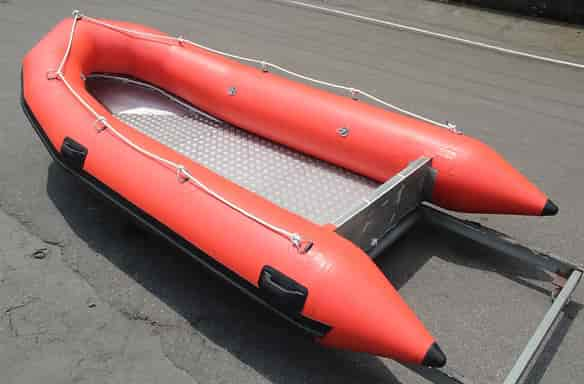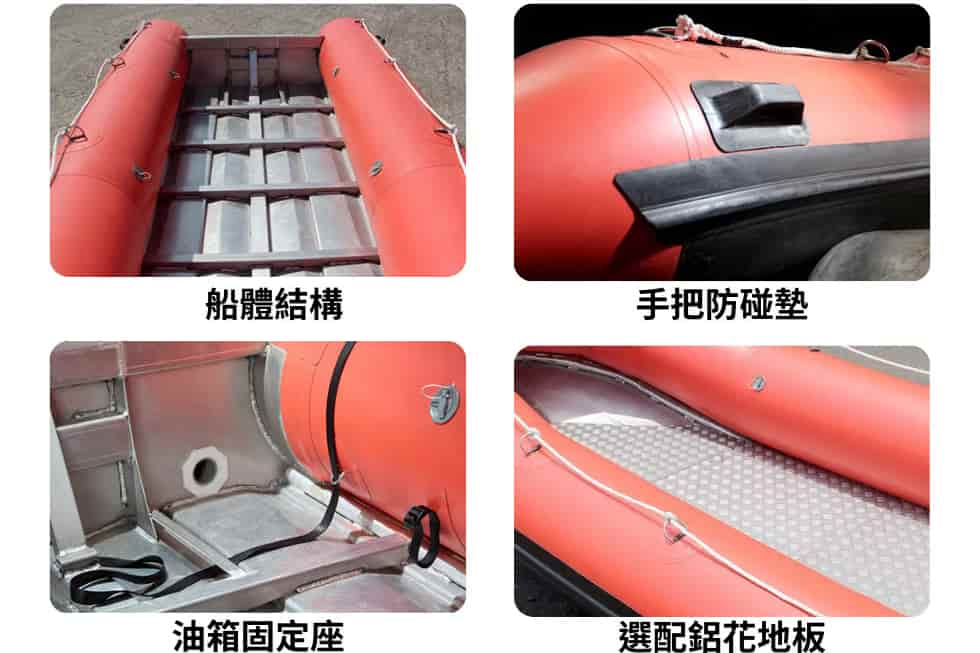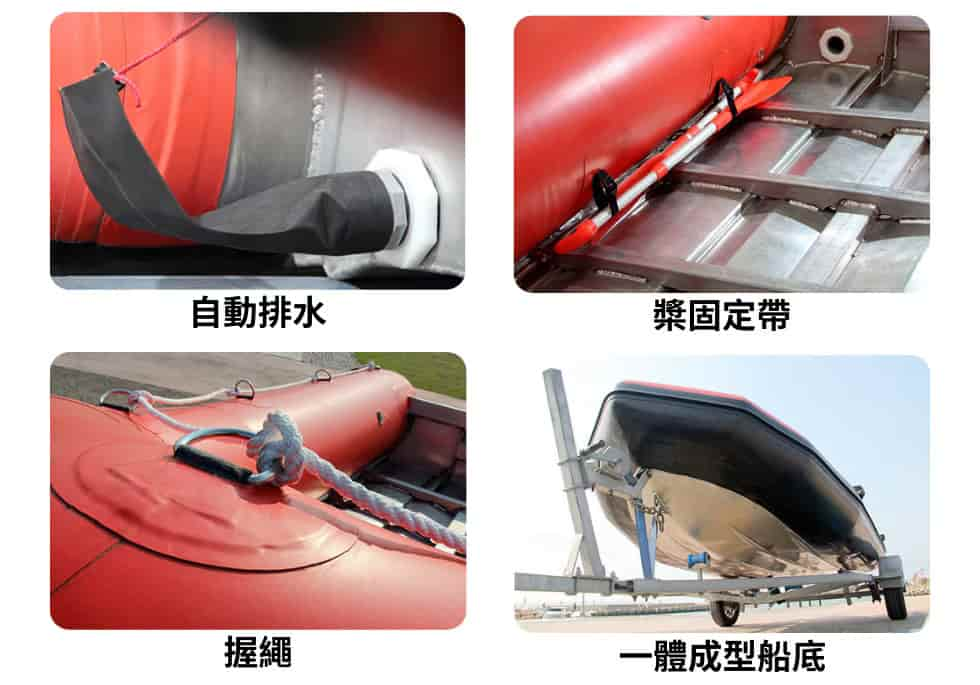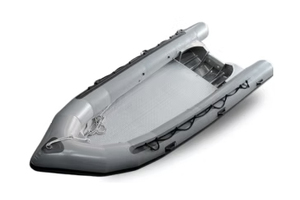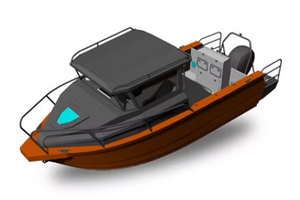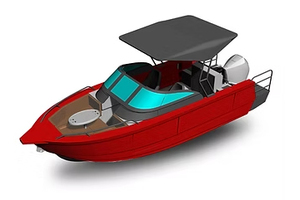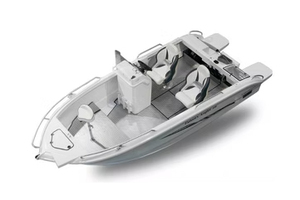BOAT MODELS
- Home
- Boat Models
- AR 380-550
- Aluminum RIB AR380
AR 380-550
Aluminum RIB AR380
AR SeriesDescription
The AR380 is a similar aluminum alloy hard-bottom rubber boat with a simpler outline. The smaller size means higher maneuverability and the ability to go deeper into narrower waters to perform more difficult tasks.Lightweighting is also conducive to vehicle transportation and water entry and exit operations, so that physical strength for disaster relief will never be wasted at critical moments. The streamlined aluminum alloy boat bottom is impact-resistant, repairable, and far more durable than traditional FRP; the strong aluminum alloy engine transom is integrated with the hull, which is a solid foundation for the engine on the water and in the car. The kayak airbag is divided into five independent air chambers, which share the buoyancy required for carrying personnel and equipment.
Aluminum alloy rubber boat
AR380 specifications
| Boat model | Aluminum RIB AR380 |
|---|---|
| External length | 380 CM |
| External Width | 180 CM |
| Bow Height | 76 cm |
| Loading Weight | (≤8 people)700kg |
| Hull Weight | Without Engine/Options≤72kg |
| Applicable Horsepower | 15HP-60HP |
- Hull float tube
- Type: Inflatable float tube.
- Material: Use 1000 denier or more nylon (Nylon) strong woven cloth, the outer layer is Hypalon, and the inner layer is Neoprene glued to form a synthetic rubber cloth. It is resistant to abrasion, strong tension resistance, oil and sweat resistance, high temperature resistance, UV resistance, cold resistance, and not easy to oxidize and crack.
- Tube diameter: 43cm ±5% of the float tube diameter.
- Air chamber: There are 5 independent air chambers designed in the airbag.
- A 10cm wide black rubber three-dimensional anti-collision strip is set on the outer edge of the airbag; there are three rubber three-dimensional handles on the left and right.
- Hull structure
- Material: High-strength 5083 aluminum alloy, thickness must be 2mm (±1%).
- Hull:
1. The bottom hull is integrally formed with the bottom guide, taking into account the strength of the hard bottom and the lightweight design.
2. The bottom hull must have the following structures to reduce sideslip, reduce turning radius, and increase handling stability
3. Curved Structure
4. Strakes
5. Various Deadrise
6. An anti-collision structure must be added to the front foot of the bottom hull to increase anti-collision capabilities.

